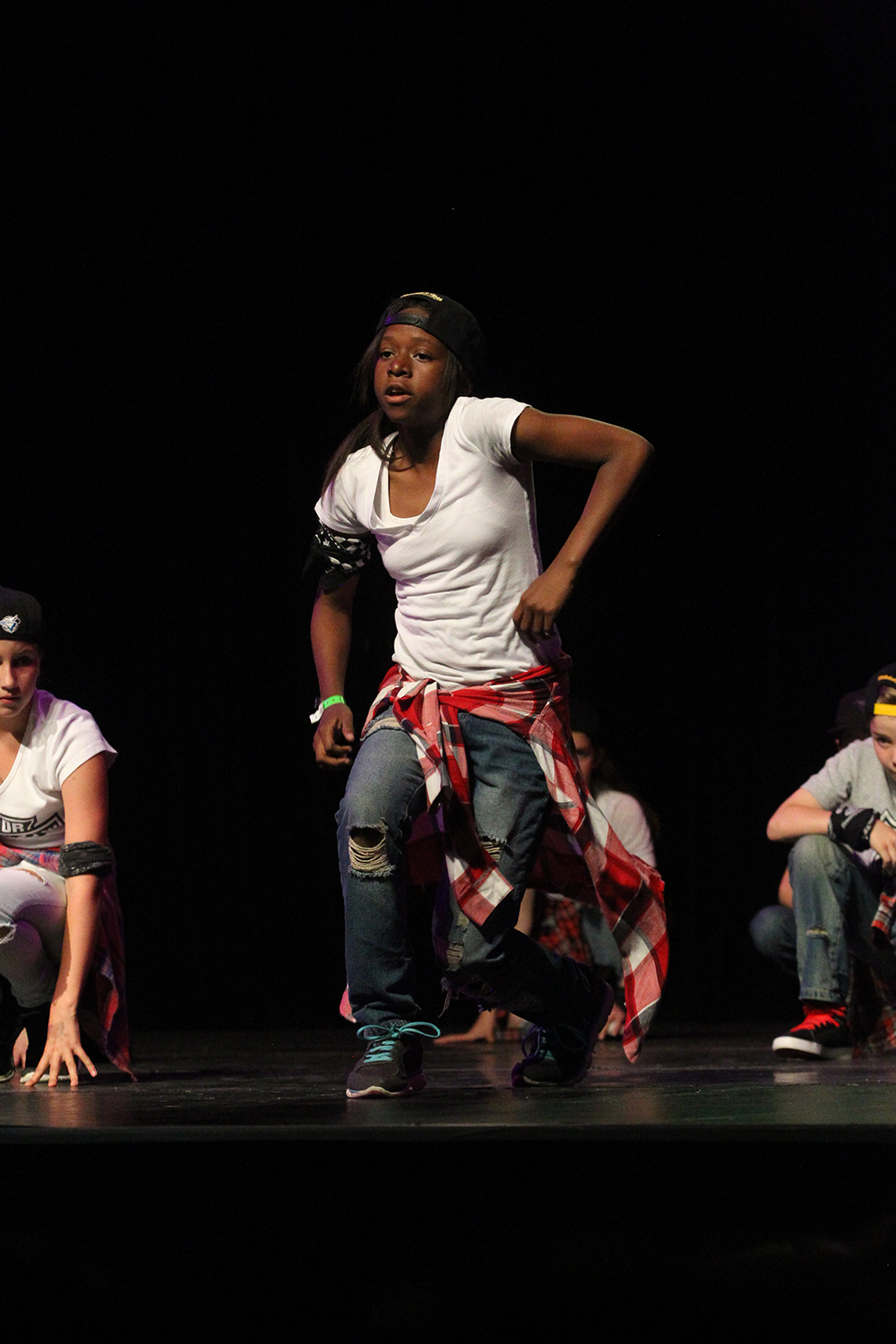Forgotten Details: Time Management

If I was superman, time management would be my kryptonite.
I’m not good at keeping appointments, and have to constantly check the clock to make sure I’m on track in my lessons. Most of the time, time is not my friend. So it may surprise you to know how much I appreciate the role of time in dancing. Let me explain why.
For me, dance has always been like a conversation – it was frequently a substitute for actual conversation in my younger, shyer days – and like a conversation, it has certain ebbs and flows.
Yet most dancers do the equivalent of talking in one long monotone. There is a constant flow, sure, but no dramatic pause, no crescendo of movement. The result is a dance that lacks life and authenticity, and (if I may be brutally honest) is rather boring as a result.
This is all the more inexplicable, because it is a relatively easy way to improve the drama and emotion in a dance, compared to more complicated body and arm stylings. Whatever you’re doing, do it more slowly, or more quickly. Done.
Nowhere have I seen this better understood than with high-level international Rumba dancers. These folks can whiz around each other at blurring speed, then stop on a dime for a ridiculously long, extended gesture. This automatically draws the audience’s attention: Why did they stop? What will they do now?
Changing the speed of a move is a simple way to make certain moves “pop”, and changes tired old patterns into something fresh and interesting. Feel how the momentum changes when you syncopate a pattern, or how your connection with the music improves when you slow down in response to a drawn out note.
As a general rule, fast movements indicate high energy emotions, like anger, excitement, or passion, while slower movements suggest something quiet, classy, sad, or elegant. What feels right for you depends on what you are trying to bring out in your dancing.
Take any pattern or movement you know, and see how the feel of it changes when you accelerate or decelerate all or parts of it. Look at how it changes in the mirror: Has it become more dramatic, more powerful, or perhaps more quiet or sad?
As I mentioned earlier, dancing is like a conversation, where you express your ideas, thoughts and feelings through your body to the person holding or watching you. Do you want that conversation to be sparkling with wit and charm, or a ho-hum drone of small-talk? A little change in timing can make all the difference.
About the Author
Ian Crewe has been dancing ballroom for over 18 years, and has a Licentiate in American smooth and rhythm. His passion for dance eventually led him to blogging and the World Wide Web. Ian currently teaches at the Joy of Dance Centre, Toronto, ON, Canada.

